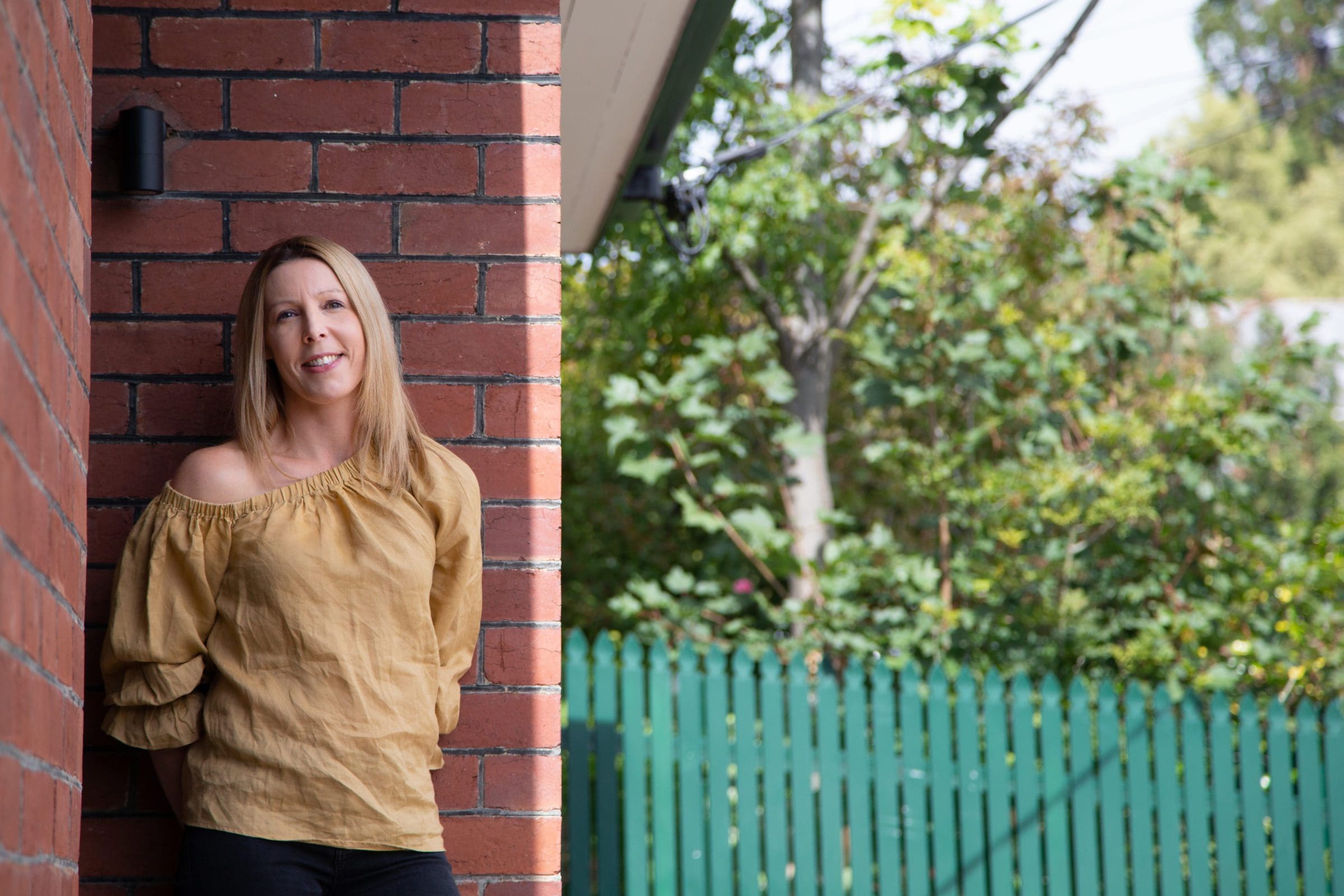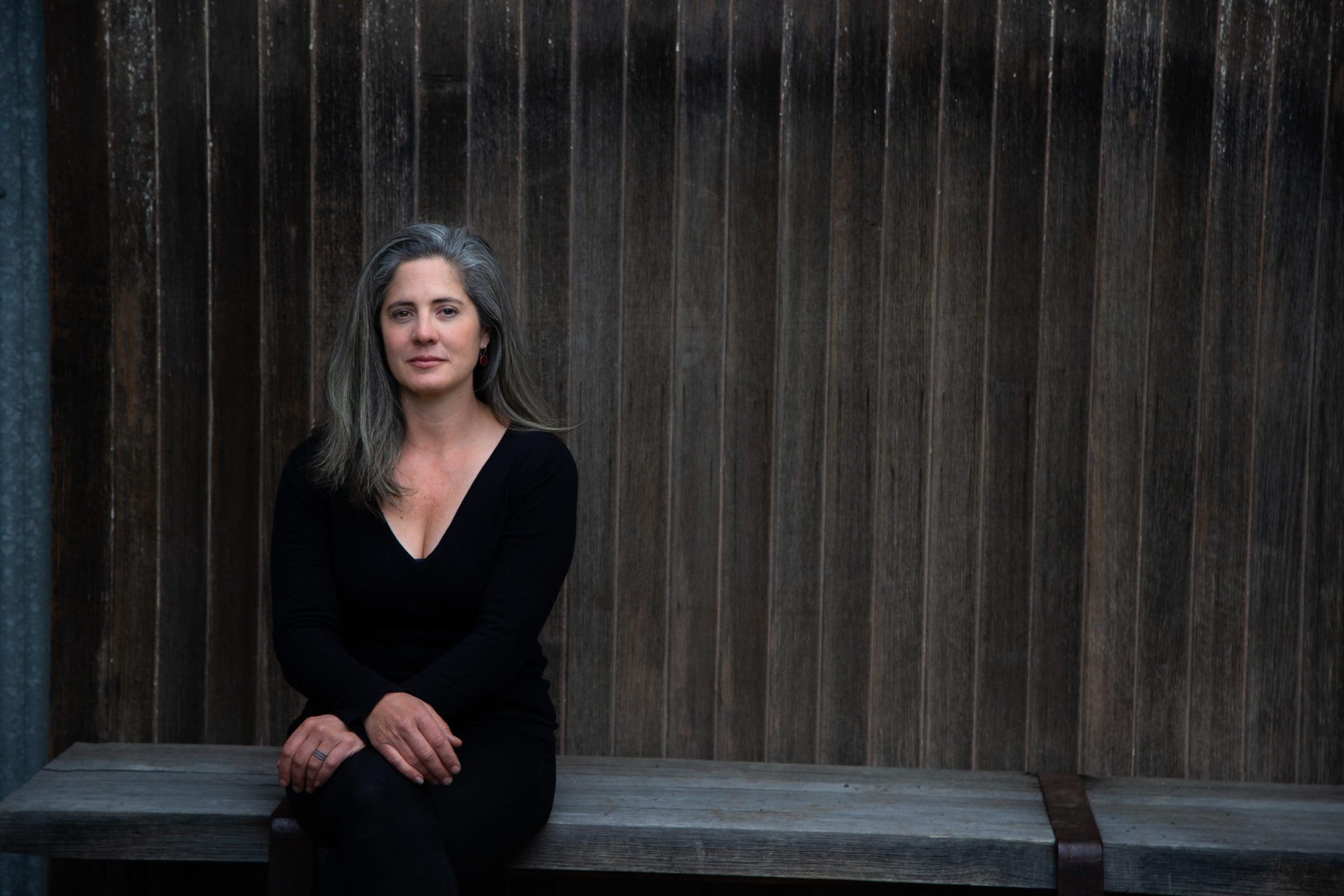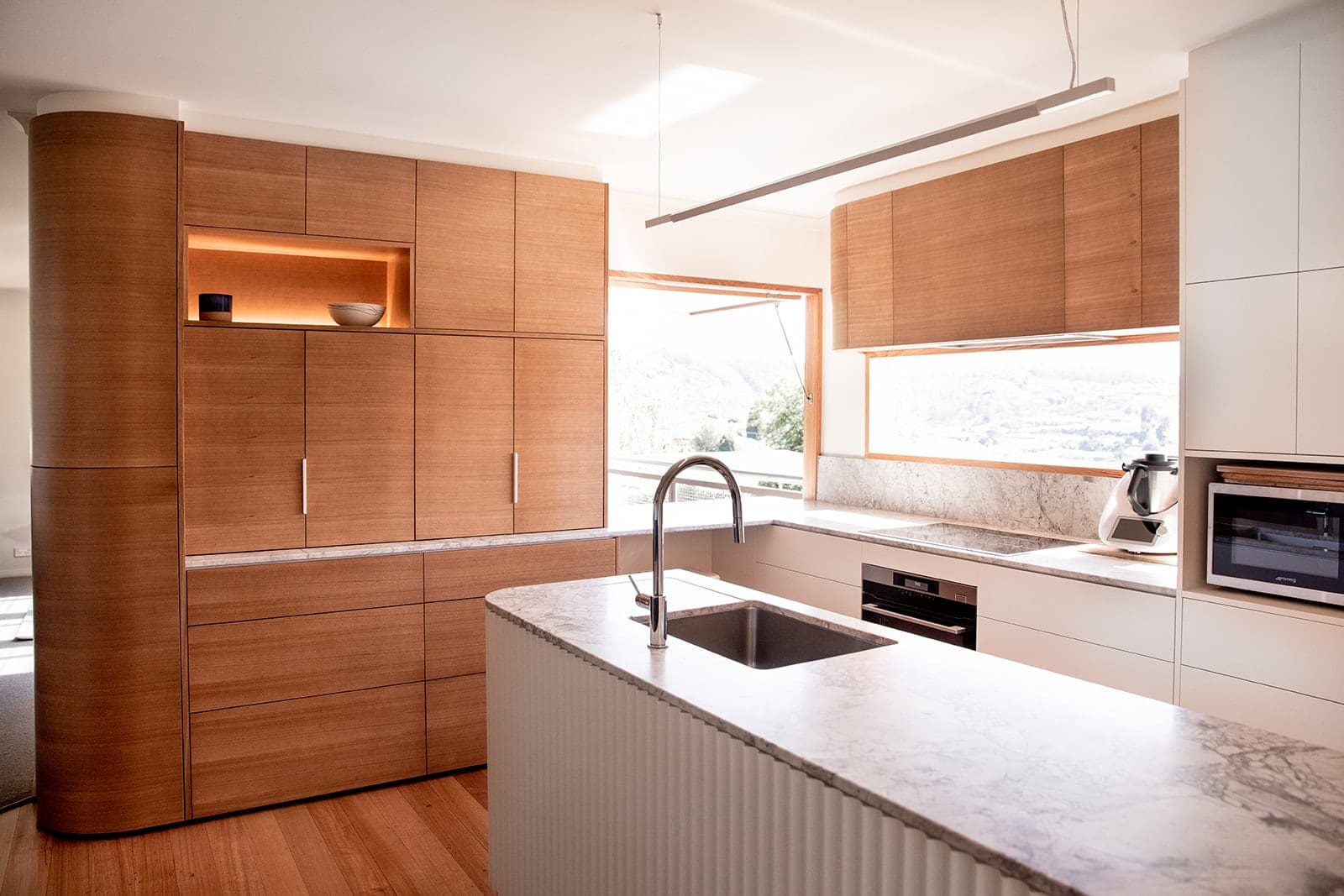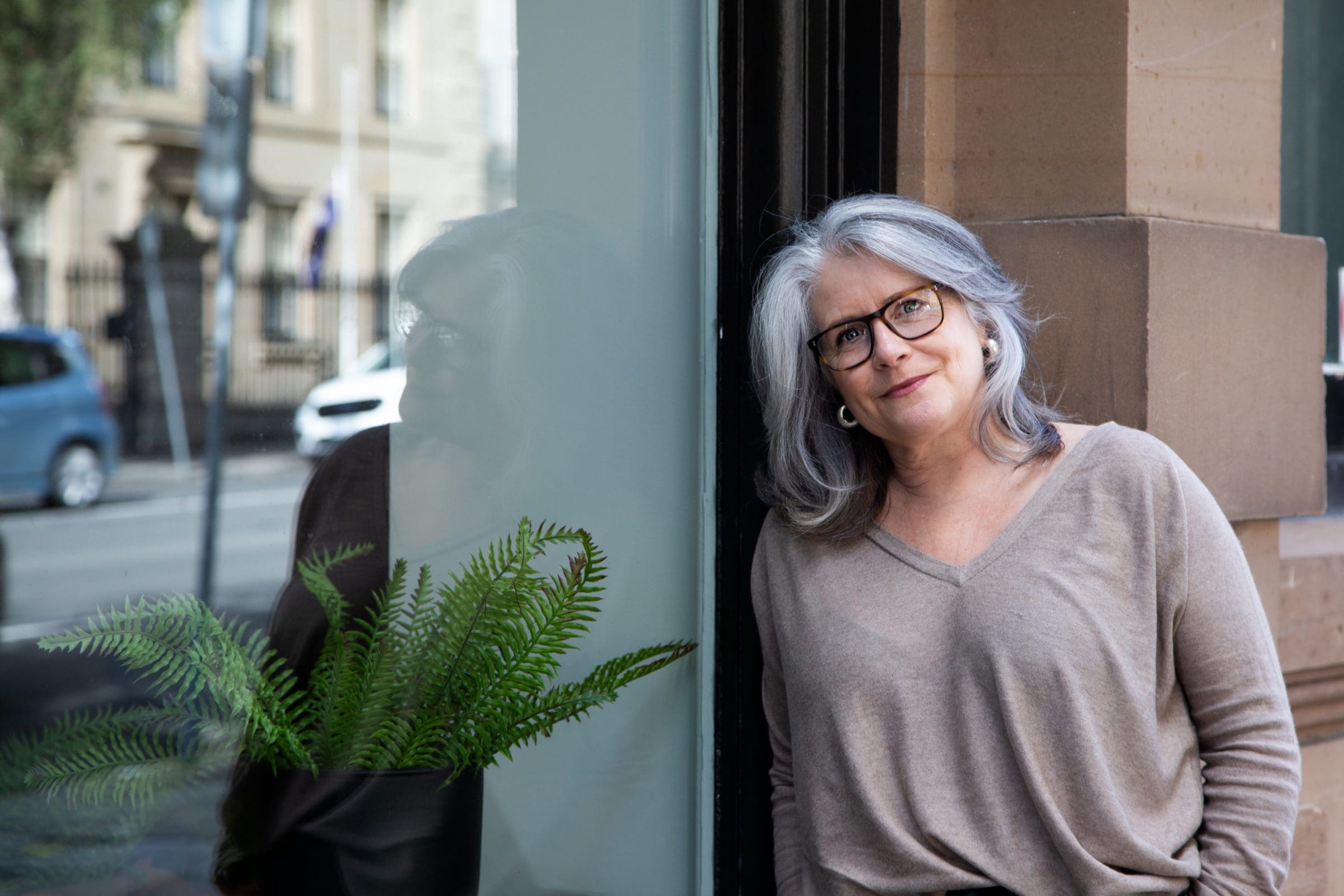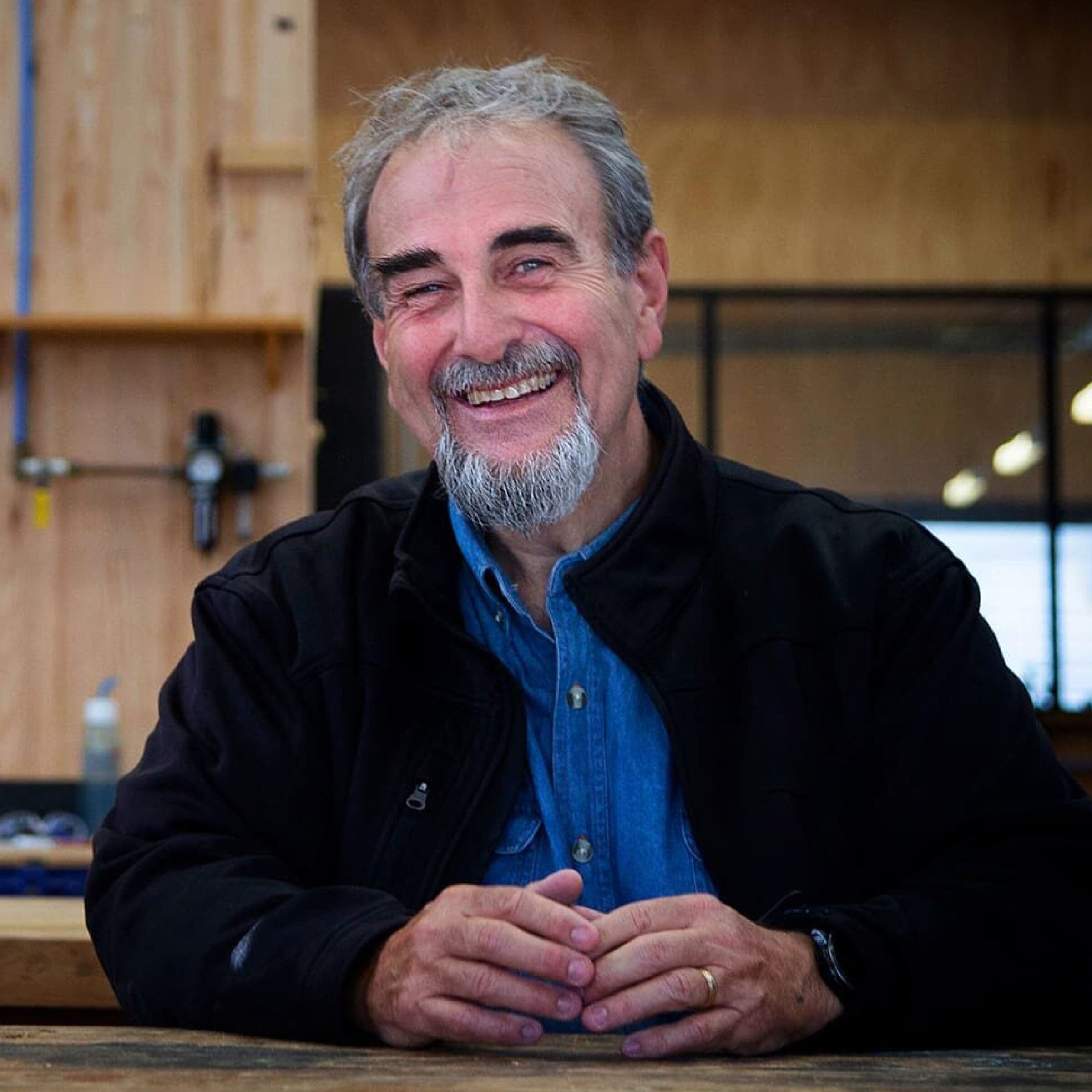The Tasmanian women making waves in the built environment: Kate Symons, Studio ilk
Working as an architect for 15 years, and in the profession for 18, Kate Symons’ focus has always been on one thing: the client. Customising and creating bespoke residential homes has been her specialty. After 5 years of co-directing architectural practice MGA.I, in the midst of 2020, Symons established her very own Hobart based practice, Studio ilk. With a client focused approach, Symons has also taken on projects beyond the family home working on commercial and public facing projects. After the establishment of her own practice, Symons shares how she’s found her sweet spot in the industry and why the future of Tasmania’s architecture industry looks bright.
1. What can people expect from the work you do as an architect?
We pride ourselves on delivering functional and enduring, sustainable designs whether it is for our residential or commercial clients. I always believe in a client focused and site informed design approach. I don’t believe you can apply a blanket approach to design or aesthetic, when each client and site will bring with it unique elements which need to be weaved into the design.
Sustainability is not just about an energy rating or implementing sustainable materials, it is about designing buildings and spaces which serve their users and stand the test of time, functionally and aesthetically.
It’s crucial to spend time at the very beginning of the process to establish a clear brief for the project, not just around the size and scale of the building, but to drill down into how the client will use the spaces, how the use of these spaces may change in the future, and ensuring that the design we deliver performs now and for years to come. There is nothing sustainable about a building a new building, regardless of the star rating, if it requires the demolition of an existing building and all the embodied energy this contains.
In Tasmania, personal and professional relationships are key, and over many years in the industry in Tasmania we have built strong relationships with other professionals and trades in the industry. This is integral to a smooth and successful finished project.
2. What has been one of your favourite projects to be a part of?
This is a really difficult question to answer. I have enjoyed working on a huge range of projects at varying scales and budgets. The success of a project is not just measured by award accolades or the glossy money shot.
Some of the most enjoyable projects to work on are the smaller projects where you are able to work closely with the client and provide them with a detailed and responsive design solution which is executed to perfection particularly when there are complex heritage or site constraints, it is such a rewarding feeling. You know that you have succeeded in delivering a great result for your client when a client returns with future projects or refer friends and family. Happy client, happy architect!
I always feel a particular affinity for the successful heritage alteration projects I have been involved in over the years, as they are a real testament to the ability for buildings to endure. The adaptation and reuse of our existing buildings, whether heritage listed or not is crucial to sustainability.
3. What is one of your proudest achievements in your career?
To be honest, without a doubt, establishing my own practice, and finally affording my family the flexibility to be a present parent and make sure my practice is structured to afford my staff the same opportunities. I feel like I am just now at the beginning of a path where I am in a position to assist with creating positive change in the industry for women in Tasmania, and I look forward to the challenges which lie ahead.
4. Is there a message or story you would like to have conveyed from your work?
Family and connection to place are two key philosophies in our residential work particularly – this of course will differ dramatically from project to project, in response to each site and client. I think there is also an overarching notion of the Tasmanian context in much of our work, and this comes through in a variety of ways through materiality and light, particularly with those projects where we embrace the extensive use of local timbers, which is frequently!
5. Is there another female in your industry that has inspired you?
It’s seems obvious to seek inspiration from iconic architectural figures who have been at the centre of internationally acknowledged works. However, the inspiration from those outside your own sphere burns out fast when the correlation is not tangible.
My biggest architectural influence has been my long-time mentor and Tassie expat Architect, Maria Gigney. After working for many years under Maria’s directorship it was, her guidance and imparting of knowledge which gave me the skills and confidence to succeed in the industry and eventually start my own practice. Maria has always had a very pragmatic and common-sense approach to design, which carried through into the process and communication with builders and clients. I hope this is something I have now carried through into the way I run my practice.
6. What makes Tasmania the right place for you to pursue your passion as an architect?
Tasmania has been my home for most of my life. I travelled a bit in my 20’s and spent a stint overseas in the UK working for a large Architectural firm as a graduate, which was an experience I really enjoyed and made some great friends and contacts who I still keep in touch with. However, being close to family is really important to me, and even more so now I have a young family of my own. I think it took some time away from my island home to fully appreciate how unique and amazing Tasmania is, landscape, people, community, and how much opportunity there is to explore design. There is also a really lovely, close knit architectural community in Tasmania which I think is unique to smaller places where it’s so important to foster personal and professional relationships within the industry.
7. What does the future of the architecture industry look like in Tasmania?
I think the future for the industry in Tasmania is looking really bright. Tasmania has become world renown in recent years, for its ruggedness, beauty and superlative ever-changing landscapes and I believe there is an increasing thirst and acknowledgement for good design generally. Society generally has a far more informed awareness about global matters, particularly in relation to climate change. I think there is a genuine desire to improve the way we interact with our environment on a day-to-day basis.
People are becoming more informed and better educated around the value of good design, and the plethora of benefits of engaging an architect to navigate the increasingly complex process of compliance, approvals and achieving a successful product at the end of it.
There is still a lot of work to do in working towards reducing our impacts on the environment, on a local and global level. I do struggle with the concept of whether as an architect I am doing enough, and often question how I could do more. There is a great deal of responsibility on designers to not only design sustainably, but to educate clients and the community about how they can rethink the way they live and design their homes to further reduce environmental impacts into the future.
8. This year, the theme for International Women’s Day is Choose to Challenge- Choosing to challenge and call out gender bias and inequality and celebrating women’s achievement to help create a more inclusive world. In your industry- what would you choose to challenge?
I think 2020 has been a big wake up call to many in the industry who have long held the ideal that to succeed as a woman in Architecture or Design one has to choose between family and career. There is opportunity now more than ever to explore more flexible working arrangements, to create adaptive and responsive practice environments that foster an inclusive and nurturing workplace which in turn will allow opportunity for everyone to thrive.
I suppose I have been fortunate to have not personally faced a great deal of gender bias within the architectural community. However, I have certainly faced challenges generally within the construction industry, particularly when dealing with various trades on building sites. I feel that women choose to listen and learn about particular trades and construction techniques so that can competently instruct on what they want and this gains them a great deal of respect on building sites.
9. What do you think can be done to help elevate female voices in architecture?
This is such a complex issue and is not limited to the parameters of the industry alone. There needs to be systemic and societal change in so many areas. Women in leadership roles in a broader context can only improve and progress if there is progression in flexible working arrangements, childcare, maternity leave and of course gender equality in the home….the list goes on.
I do think things are improving, and there has been notable change since I entered the industry some 18 years ago. But there is much work to do. I wish I had the magic answer, but I think being a female Director and Architect in the industry and supporting other women in the industry is a step in the right direction toward positive change.
10. What advice would you give young girls/women interested in becoming an architect?
Expect to be challenged and be willing to adapt and change. Find a mentor and be open to learning as much as you can from everyone around you, not only other architects, but builders and other consultants in the industry. You never stop learning as an Architect, there is always more you can do to extend yourself and develop your skills. I think it is also really crucial to acknowledge that you don’t have to excel at every aspect of practice. Architecture is a team effort. Find your niche and lean into it. And then finally, be prepared to give back, support other women in the industry, build and nurture those personal and professional relationship within the industry and be respectful of others.
11. What three words define your work?
Responsive. Enduring. Considered.
12. How can our readers support you/your business?
Talk to our team about how we can assist bringing their dreams to fruition! There are many people out there who might feel like architecture is a luxury and not for everyone. I would love to dispel this myth. Good design is invaluable and has the ability to not only increase the monetary value of your home or business, but to also improve your connection with place, improve the quality of time spent with family and to change the way you feel.


